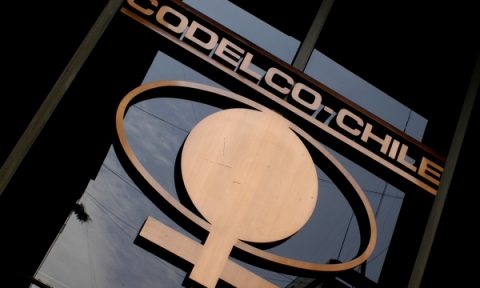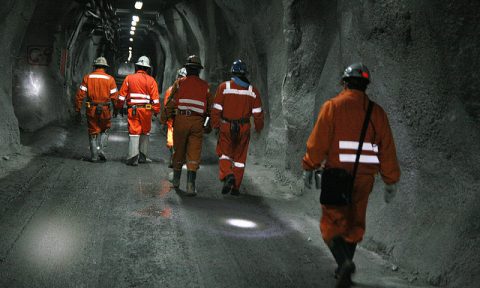Report raises sharp drop in margins generating SIC-SING interconnection
Impact over U.S. $ 9,100 million and 86% of this figure is a lower power results
In U.S. $ 9.126 million valorized the National Energy Commission (CNE) the maximum benefit, with a floor of U.S. $ 3,210 million, of the union of the main electrical systems in the country, the interconnected Central (SIC) and North (SING ). This figure considers integration will bring more competition in generation, increase system security, stabilize prices and increase operating efficiency.
The recovery, which covers period 2020-2031 and has a discount rate of 10% (conservative estimate), is part of the so-called Economic Impact and Social interconnection Study, made by the public and which highlights that 86% of the maximum benefit and 88% of the minimum, correspond to declines in sales margins of power generators, turning it into the main affected by the integration of the SIC and SING.
One of the assumptions that the CNE established in the paper is that the interconnection will increase competition in the electricity sector, specifically in the contract market for large consumers (customers) and regulated users (predominantly residential), and and states that in a high-interaction scenario the number of electrical bidders could country from an average of 9.5 companies (current) to a maximum of 14 companies.
This situation explains the CNE in the document dated prior to sending the bill to Congress that empowers the authority to promote this initiative, would have an immediate impact on the variation of the spot price or marginal cost. This factor, which is indexed many of the large consumer contracts would fall by 46% on average in the SIC and 64% in the SING.
“The reductions in marketing margins are higher for free customers than regulated and proportionately more important to the SING than for the SIC. The average price to regulated contracts could fall by 1.9% in the SIC and 5.8% in the SING in respect of the stage without interconnection, “says the document.
With regard to the average prices of large electricity users, CNE indicates that regarding the current state of competition, values could be reduced by 2% in the SIC and 7% in the SING, while in the situation of having more bidders could decline by 10.6% in the first network and 15.1% in the second.
The calculation of the Net Present Value (NPV) the committee joined other phenomena associated to the interconnection, as the average price drop of power would cause a substitution of fossil fuels for electricity in productive sectors (industry and mining), driving down to 5.5% in the average demand of the first and up to 3.7% in electricity consumption.
Finally, the CNE argues that cheaper electric contracts could benefit even the growth rate of the economy.
Source: Diario Financiero












